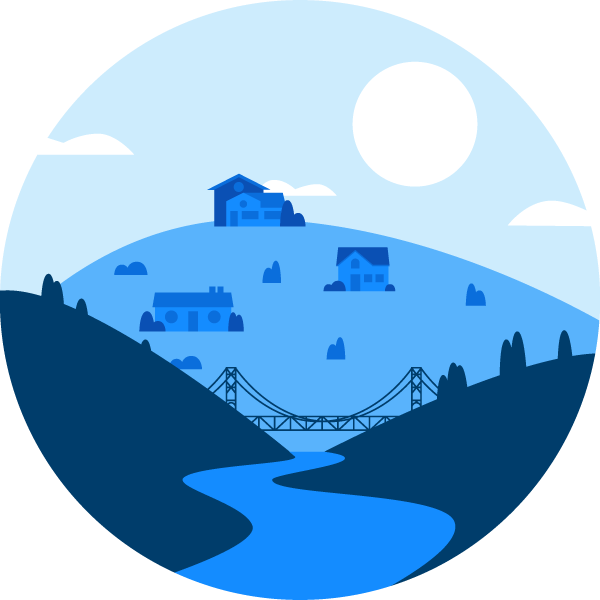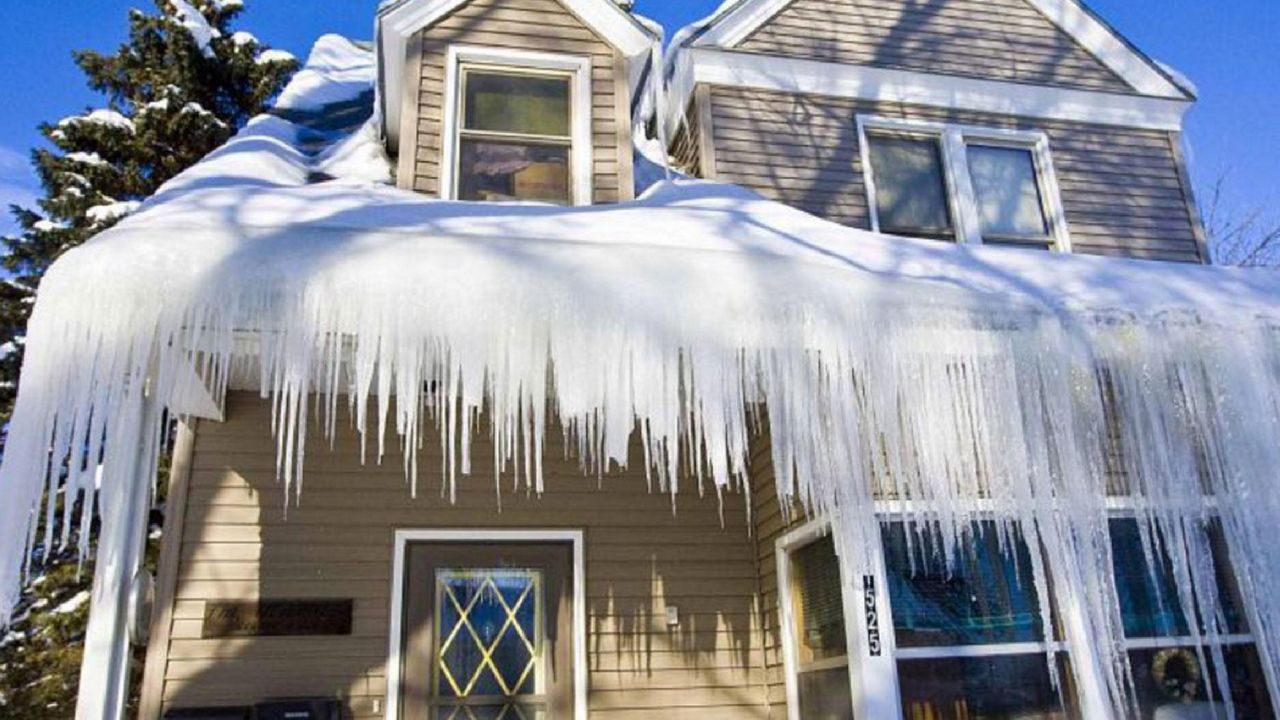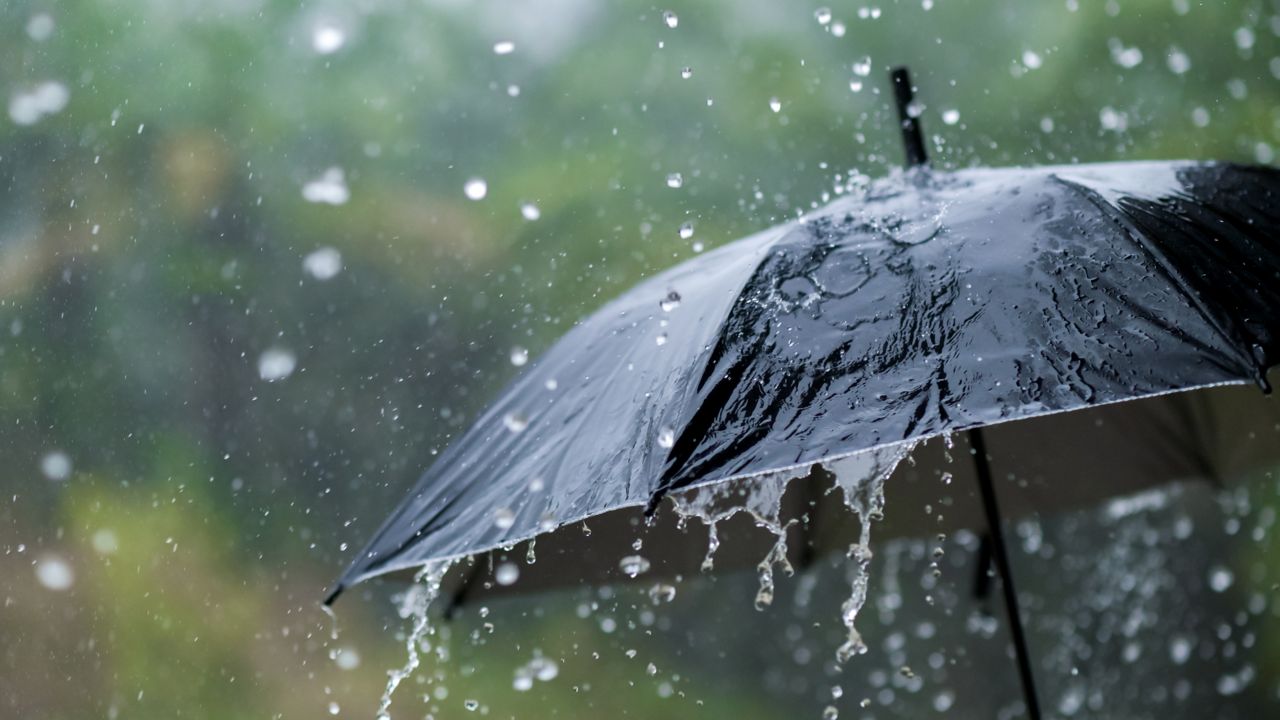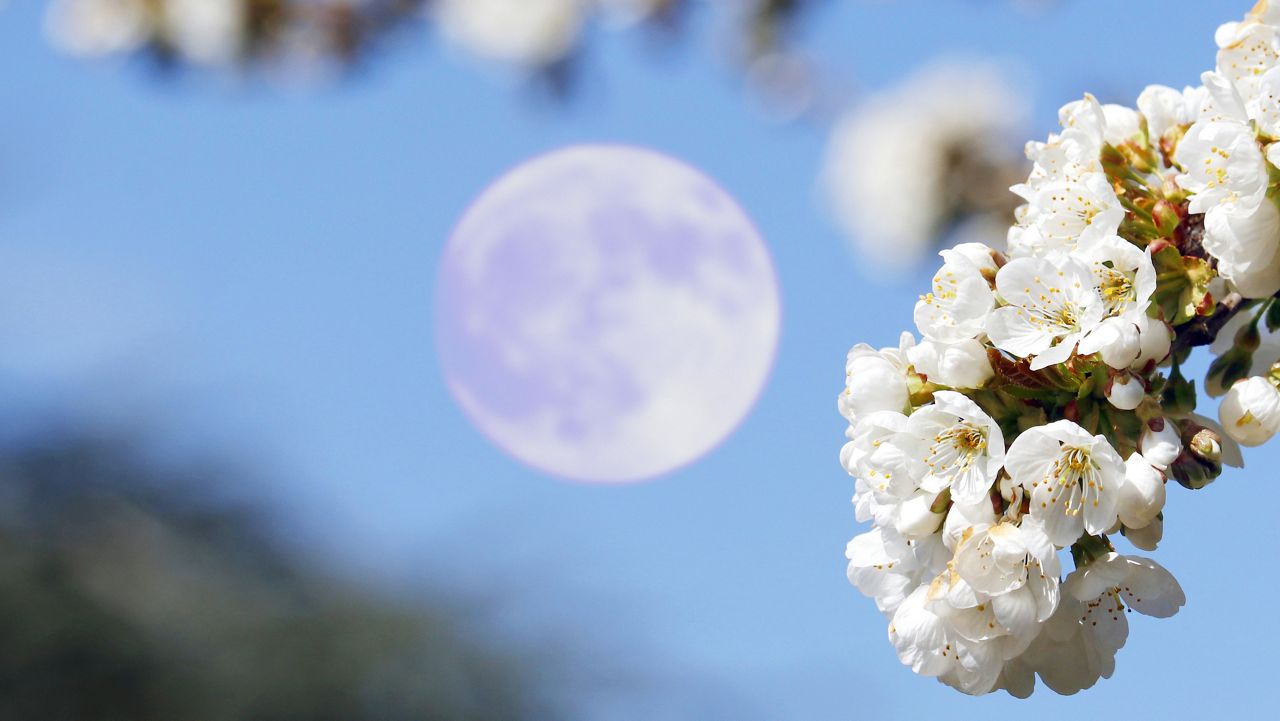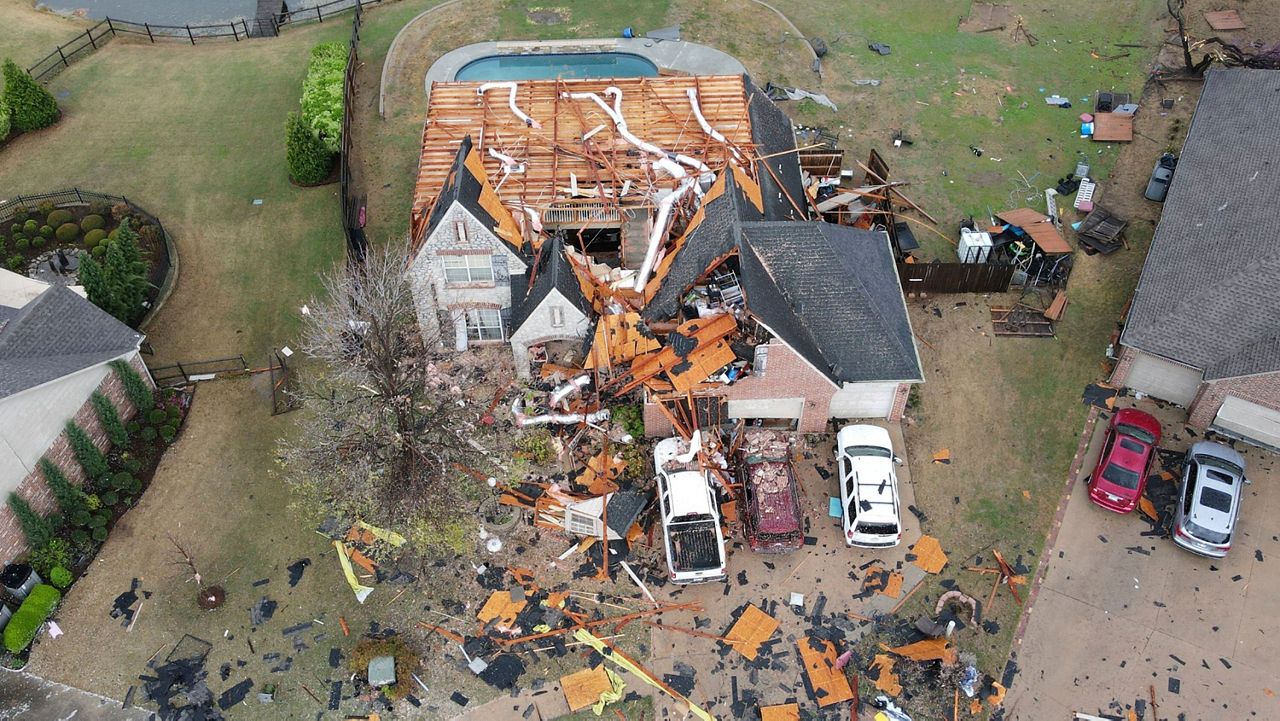While icicles can make for a pretty sight in the winter, they can also be a warning sign of a potentially major – and costly – problem.
You may have seen an ice dam before, but didn’t know that it had a name or that it’s even a problem. An ice dam is a ridge or wedge of ice on the bottom edge of a roof, and it can cause all sorts of problems.
Of course, for an ice dam to form, a roof needs to have snow on it. In addition, the upper part of the roof must be warmer than freezing, while the lower part of the roof is colder than freezing.
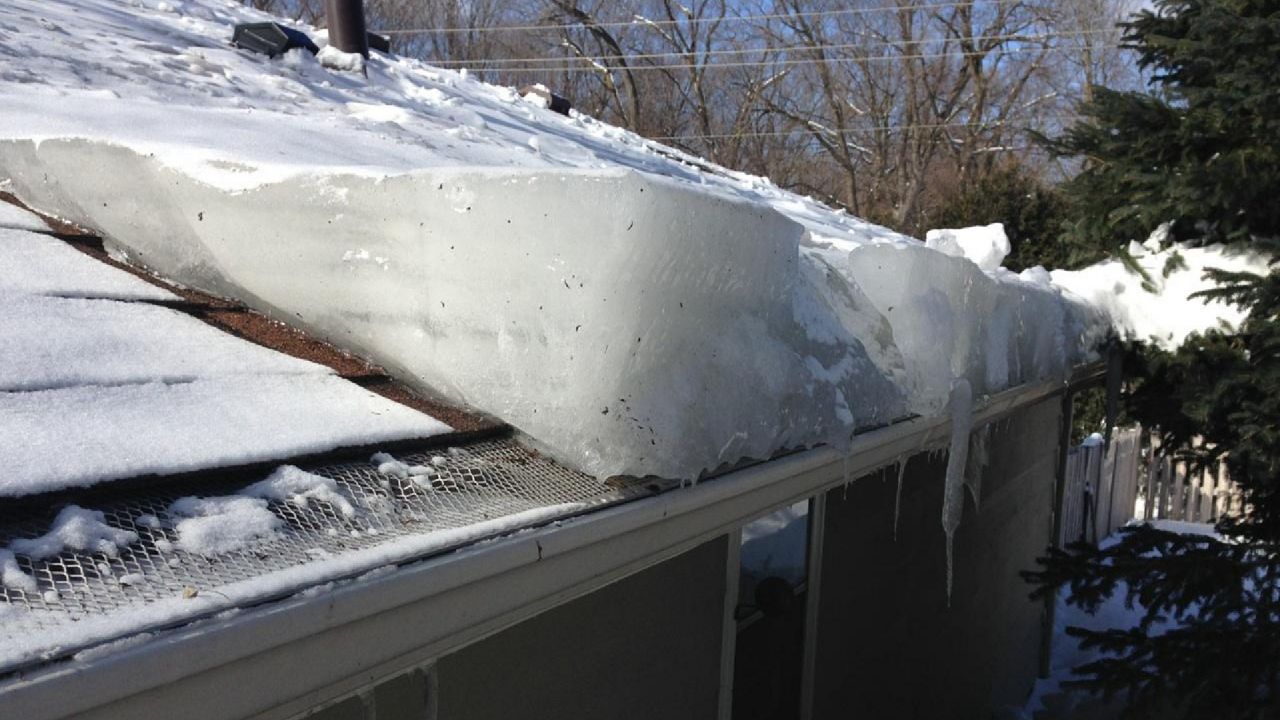
There are a few reasons why the upper part could be relatively warm. Heat transferring from inside because of poor insulation can do it. Warmer air can also escape because of leaks or even intentional things such as kitchen or bathroom exhaust vents.
Joe Palumbo, President of Ice Dam Guys, says two things are especially problematic.
“Repeated heavy snowstorms are especially good at creating or worsening ice dams," said Palumbo. "[That's] for two reasons: they resupply your roof with more snow that can melt and then refreeze, and they shield from the sun the ice and snow that’s already on your roof.”
Palumbo's company specializes in removing ice dams during the harsh winter months.
That extreme cold is another factor. Palumbo says water has no chance of running off the roof before freezing, and homeowners turning up the thermostat can cause even more heat to escape, melting more snow that inevitably turns to ice.
If you have icicles coming out of your soffits under your roof overhang or clinging to your siding, you might be in trouble. It’s a sign that water has gotten where it shouldn’t be. You'll need to act right away. If the drywall has a bulge or water visibly coming inside, those are sure signs that damage is already happening.
“Once inside, that water can rot your roof deck, rot your sheathing, fry your electrical circuits (and possibly cause electrical fires), ruin your drywall and paint, [and] cause black mold to grow in your insulation,” said Palumbo.
And if it’s bad enough to leak into living areas and ruin carpet, furniture, and possessions, the costly problem gets even more expensive.
When you see signs of an ice dam, call a professional, like Joe and his crews, to fix it because they have special equipment to remove a dam. Getting on a snowy, icy roof is dangerous, and trying to chisel away the ice yourself could do more harm than good.
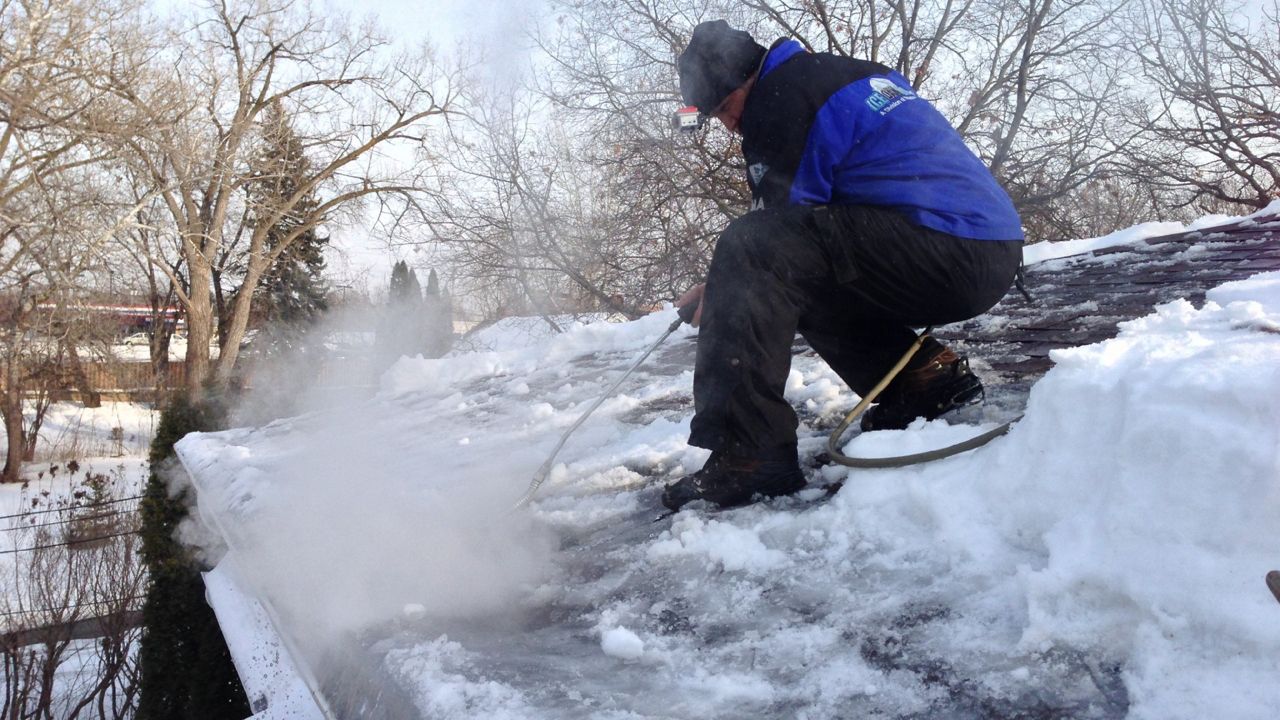
As the saying goes, an ounce of prevention is worth a pound of cure.
First, do what you can to keep the snow from piling up on the roof. Carefully use a roof rake to keep it from accumulating.
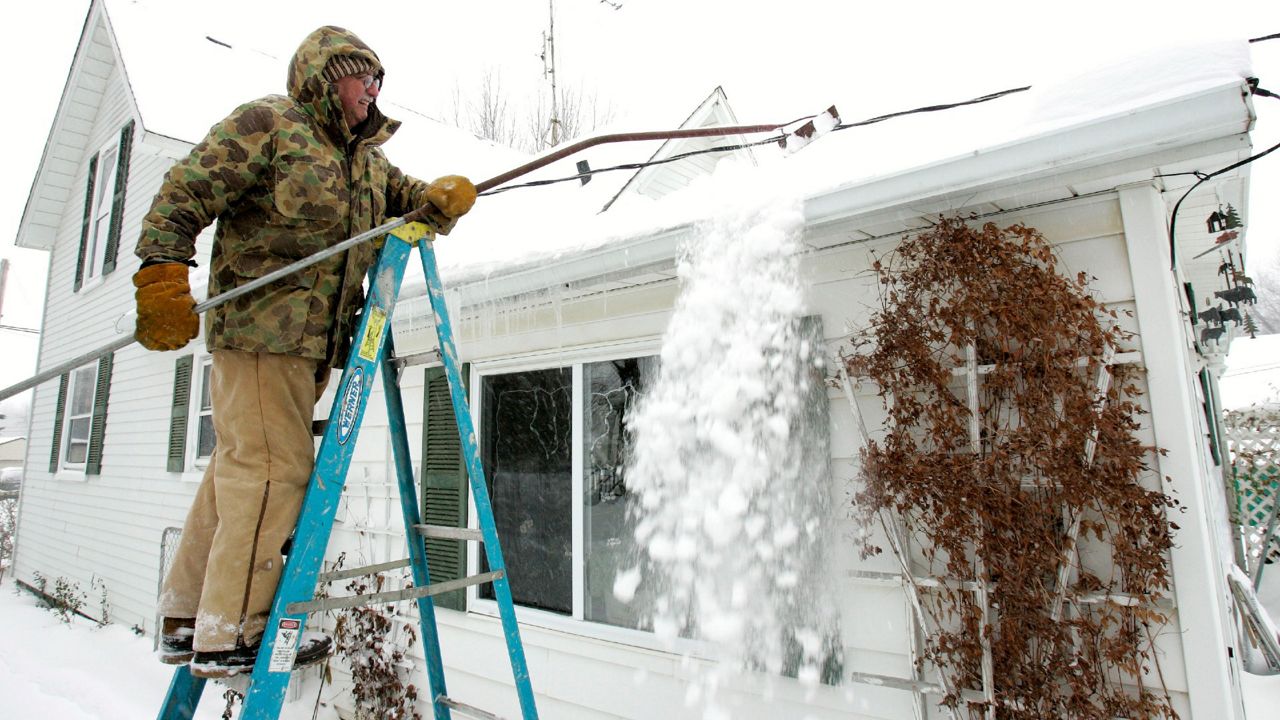
Second, don’t crank the heat. As noted before, the more heat you’re producing, the more that might end up leaking out your roof to melt snow.
Finally, have a professional do a home energy audit – and actually follow through on doing the recommendations.
“The number one destroyer of homes is water," said Palumbo. "And ice dams allow water into most of the places of your home water should never enter.”
Justin Gehrts - Senior Weather Producer
Justin Gehrts is a senior weather producer for Spectrum News. He has well over a decade of experience forecasting and communicating weather information. Gehrts began his career in 2008 and has been recognized as a Certified Broadcast Meteorologist by the American Meteorological Society since 2010.

